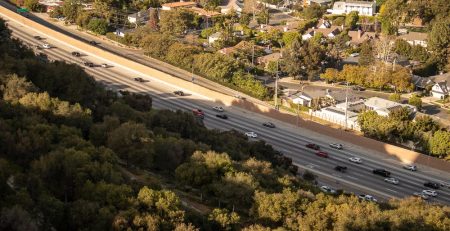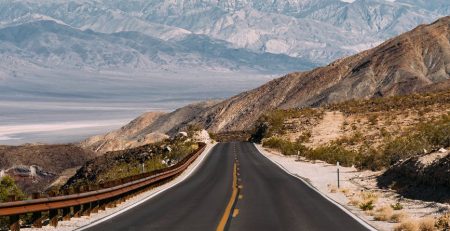Liability in Arizona Multi-Vehicle Pileups
Auto accidents involving multiple vehicles can be slow, step-by-step endeavors, or sudden and chaotic collisions between many drivers at once. In either case, pileups can spiral out of control and present a serious hazard on busy or high-speed roads, affecting dozens of motorists in more severe cases. Unlike simple two-car collisions, multi-vehicle pileups can be difficult to parse, with each driver’s liability for every other driver’s damages frequently being up for debate. However, while a driver’s exact level of fault is likely subject to how good their lawyer is, there are still general guidelines you can use to understand the liability system.
The Chain of Causation
In order to separate progressive crashes from earlier involved vehicles and ensure that not every driver is blamed for every other driver’s involvement, a chain of causation must link your damages and any at-fault drivers. This generally can be summed up by two types of fault:
- Concurrent Causation. If multiple factors contributed to the accident, then each defendant can be held separately liable for a portion of your damages. For example, if you initially collided with the pileup due in part to your own inattention, but then were struck by another vehicle, then multiple people would be held at fault for your injuries: you, the driver that struck you, and any vehicles that are deemed to have directly linked to your collision with the pileup in some manner, which could be all, some, or none of the vehicles within it.
- Intervening Causation. Intervening causation is an alternative form of fault which generally is considered to “sever” the chain of causation, but is applied on a case-by-case basis. For example, let’s say you struck the pileup as in the previous scenario, but this time, the other vehicle noticed the accident a bit sooner and veered to the side, missing your car and lightly damaging another vehicle instead. However, shortly after, another vehicle rams that driver’s car into yours, injuring you—in this case, the first driver could argue that your injury wasn’t their fault, and was caused by an intervening (or “sudden and unforeseen”) causation.
How Damages are Recovered
 Once every driver’s level of causation is defined, you’ll be able to move forward in the claims process and seek compensation. In Arizona, you and every other motorist will be subject to comparative fault, meaning that your damages will be collected in direct proportion to each defendant’s liability.
Once every driver’s level of causation is defined, you’ll be able to move forward in the claims process and seek compensation. In Arizona, you and every other motorist will be subject to comparative fault, meaning that your damages will be collected in direct proportion to each defendant’s liability.
For example, if your own negligence caused a third of your injuries, and two other drivers were each responsible for a third of your damages apiece, then you would receive 66.6 percent of your total recoveries, with each other driver only having to pay 33.3 percent of your total compensation.
Arizona Auto Accident Attorneys are Essential
Due to the complex nature of multi-vehicle pileups and their frequent leeway for debate, we strongly recommend talking to an experienced auto accident attorney. With a talented Arizona lawyer on your side, you can maximize your settlement while minimizing your level of fault for other driver’s damages, and simultaneously avoid the hassle of juggling what could end up being dozens of independent cases and negotiations between lawyers and insurance companies. If you were involved in a multi-vehicle pileup (and even if you weren’t seriously injured), contact us at (623) 877-3600 to schedule a free consultation.








